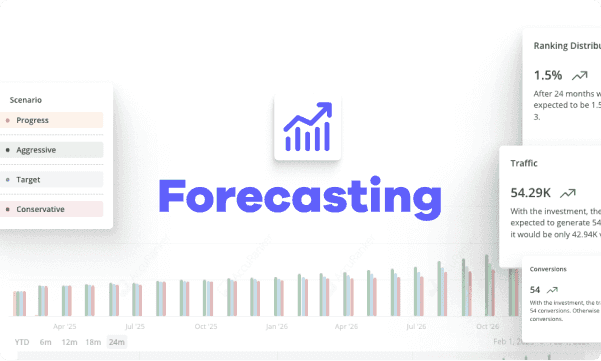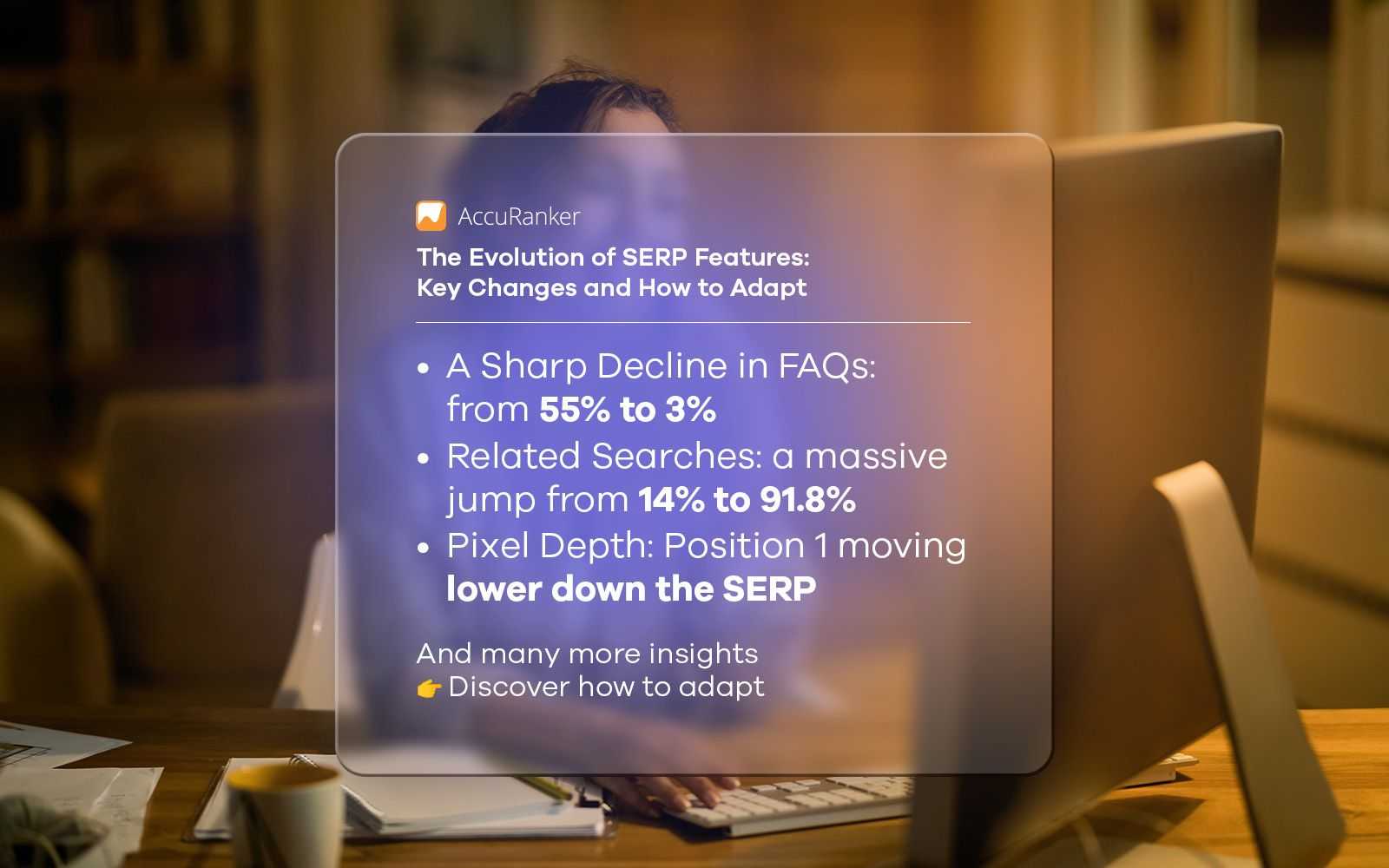Dwell Time in SEO: 8 Ways to Improve It
Last updated on Saturday, January 20, 2024

Dwell time is a crucial metric in search engine optimization that directly impacts the ranking of a website in results pages.
It refers to the amount of time a user spends on a website after clicking on your link from the search results, before returning to the SERP.
The longer the dwell time, the more likely it is that your website offers valuable and relevant information to users.
Importance of Dwell Time in SEO
Search engines like Google consider dwell time as an important ranking factor because it reflects user engagement and satisfaction with a site's content.
If a user spends a significant amount of time on a website, it signals to search engines that the site is providing valuable and relevant information. This, in turn, can lead to better rankings in search results.
Did you know that, based on Backlinko research, websites with longer time on site have higher rankings on Google?

And if you think about it, it makes complete sense.
Moreover, an increase in dwell time can also lead to higher conversion rates as users are more likely to take action (such as making a purchase or filling out a form) when they spend more time engaging with your website.
Understanding Dwell Time Metrics
How Dwell Time is Calculated
Dwell time is calculated by measuring the time between a user clicking on your website link in the search results and when they return to the SERP.
For example, in Google Analytics (GA4), you can use the "Average Engagement Time" to better understand the dwell time metric.

This measures the duration of a user's focus on your web page. In other words, it tracks how long a user spends actively engaging with your website content, including scrolling, clicking, and interacting with elements on the page.
The Difference Between Dwell Time, Bounce Rate, and Time on Page
Dwell time is often confused with other metrics such as bounce rate and time on the page. However, there are important distinctions between these KPIs that can impact your website's SEO.
Bounce rate refers to the percentage of visitors who leave your site after only viewing one page. This means that they did not engage with any other content on your site before exiting.
Time on page, as the name suggests, measures the time a user spends on a specific page before navigating away from it. It does not take into account the overall time spent on the website.
Dwell time, on the other hand, measures the entire duration of a user's visit to your site, from the initial click until they return to the SERP.
Strategies to Improve Dwell Time
Now that we understand the importance of dwell time and how it is calculated, let's explore some effective strategies for improving this metric.
Creating Engaging Content
One of the most crucial factors for improving dwell time is to have engaging and high-quality content on your website. This means creating something valuable, relevant, and informative for your target audience.
Engaging content can be in various forms such as blog posts, videos, infographics, or interactive elements like quizzes or surveys. The key is to keep your audience interested and engaged to increase the time they spend on your site.
Pro Tip: Use the bucket brigade technique in your content to pique the interest of your readers and keep them engaged. Bucket brigade words are used to create a sense of anticipation and urgency, making readers more likely to continue reading. Some examples include:
"But wait, there's more!"
"And here's the best part..."
"Here's where it gets interesting..."

Improving Site Design and User Experience
The design and user experience (UX) of your website play a significant role in keeping users engaged. If your site is difficult to navigate or has a cluttered layout, users are more likely to leave quickly.
Ensure that your site is well-structured and visually appealing, with easy navigation and clear calls to action.
Additionally, optimize for different devices (i.e., mobile-friendly) to provide readers with a seamless and positive experience.
Pro Tip: Use heat mapping tools like Hotjar or Crazy Egg to identify areas of your site where users are spending the most time. This can help you optimize those sections and improve overall dwell time.
Incorporating Multimedia Elements
Multimedia elements, such as images, videos, and infographics, can enhance the visual appeal of your content and make it more engaging for users.
Using these elements in your content can also help break up large blocks of text, making it easier for users to consume the information.
However, make sure to use relevant and high-quality multimedia that adds value to your content. Poor quality or irrelevant images and videos can hurt dwell time.
Pro Tip: Use descriptive and keyword-rich captions for your images and videos to provide additional context and improve SEO.
Mobile Optimization
Your visitors may be accessing your website from various devices, so it's important to ensure that your site is optimized for mobile users. Make sure that especially your branding elements, including your logo design, brand colors, and fonts are consistent no matter what device the customer is using.
A responsive design and fast loading speed on any device can greatly improve user experience and encourage them to stay on your site longer.
Pro Tip: Use Google's Mobile-Friendly Test tool to analyze your site's mobile compatibility and make necessary improvements.

Write Longer Content
Writing longer content, such as comprehensive guides or articles, can increase the time users spend on your website. This is because it takes more time to read and engage with longer articles, for example.
Moreover, long-form content tends to cover a topic in more depth, making it more valuable and relevant for users searching for that specific information.
Pro Tip: Use heading tags (H1, H2, etc.) to break up your copy and make it easier to read. This can also help with SEO by highlighting important keywords.
Improving Website Speed
Website speed is another crucial factor that can impact dwell time. If your site takes too long to load, users are more likely to leave before engaging with your content.
To improve website speed, optimize your images and use a Content Delivery Network (CDN) to deliver content faster. Additionally, consider caching and minifying tools to reduce the size of your site's files. Using a fast hosting service is also one of the most important aspects!
Pro Tip: Regularly monitor your website speed using tools like Google PageSpeed Insights or GTmetrix and make necessary optimizations as needed.
Satisfy Search Intent
Search intent refers to the reason behind a user's search query. By understanding what users are looking for, you can create content that satisfies their search intent and keeps them engaged on your site.
For example, this page is optimized for the keyword “best algorithmic trading software”, so if people are looking for this query in Google are finding it as a suggestion in the first results:

To satisfy search intent, it is important to have well-written and relevant meta descriptions and title tags for your web pages. This will help attract the right audience and encourage them to click through to your site.
Additionally, make sure your content provides the information or solution that people are seeking. This will increase the chances of them staying on your site longer.
Pro Tip: Use tools like SEMrush or Ahrefs to research the search intent behind relevant keywords and optimize your content accordingly.
Keep It Clean and Relevant
Lastly, ensure that your website is free from any spam or irrelevant content. This can hurt both dwell time and overall user experience.
Regularly audit your site and remove any outdated or low-quality pages. Additionally, use relevant internal linking to guide users to other valuable content on your site.
Pro Tip: Use tools like Screaming Frog or Google Search Console to identify and fix any crawl errors or broken links on your site.
What’s a Good Dwell Time?
There is no specific benchmark for a good dwell time, as it can vary depending on factors such as industry and website type. However, generally speaking, the longer, the better.
According to Hubspot, aim for a dwell time of 2 to 4 minutes as a good rule of thumb.

Of course, the longer you can keep users engaged and on your site, the better it is for your SEO.
For example, if you have a blog post of 500 words, it would be hard to achieve a dwell time of more than two minutes.
On the other hand, if you write a long, well-researched article, with many useful images and tools to support the reading, users could spend more time on your site (up to 4 minutes or more).
In Conclusion
In summary, dwell time is an essential metric for SEO that measures the amount of time a user spends on your website after clicking through from the SERP.
To improve it, create engaging content, optimize your site design and speed, incorporate multimedia elements, satisfy search intent, and keep your website clean and relevant. While there is no specific benchmark for a good dwell time, aim for 2 to 4 minutes as a general goal.
Remember to regularly track and analyze your dwell time metrics to keep improving the user experience on your site.

Article by:
Erik Emanuelli
Blogger
Erik Emanuelli has been in the online marketing game since 2010. He’s now sharing what he has learned on his website. Find more insights about SEO and blogging here.


